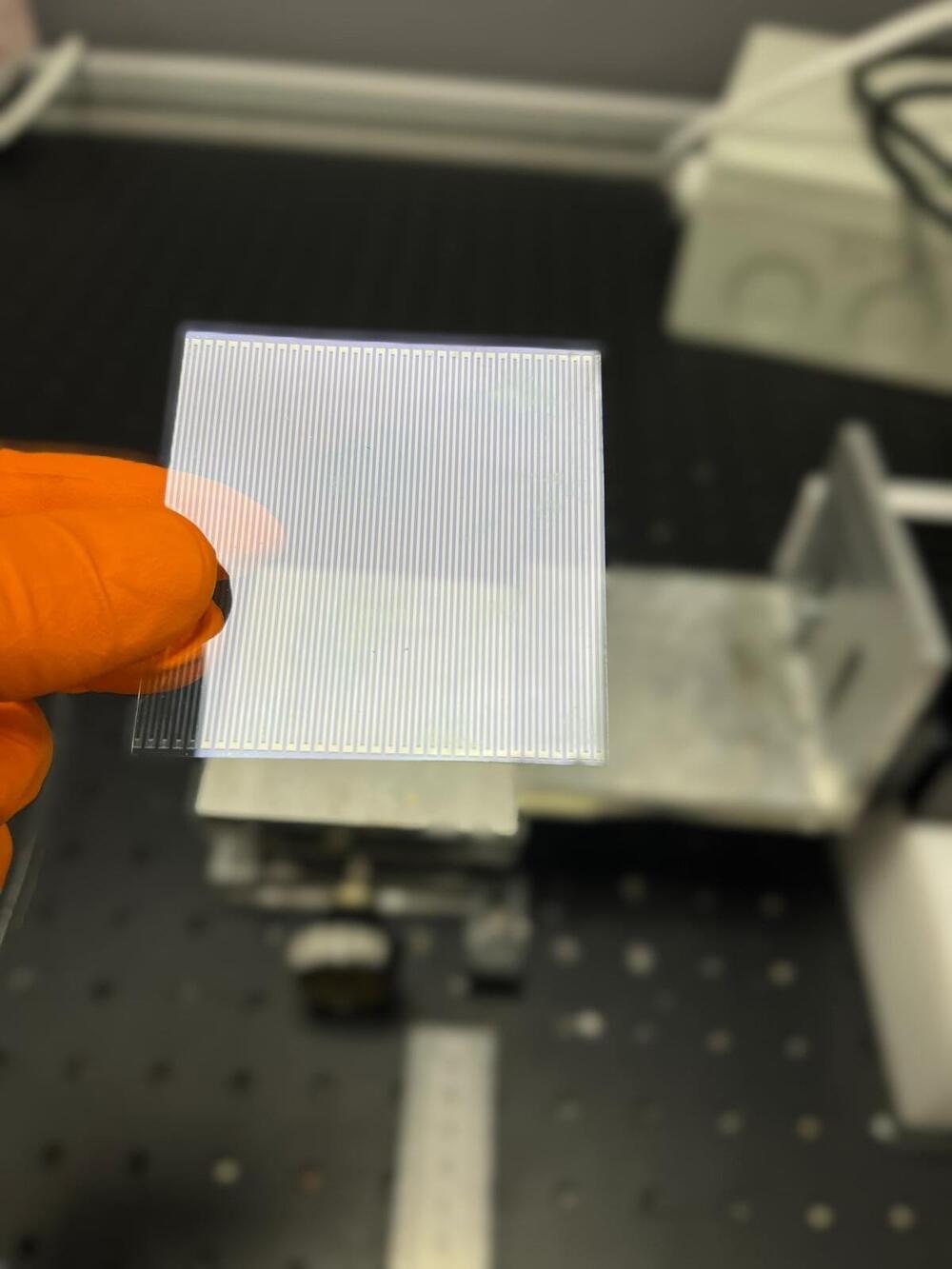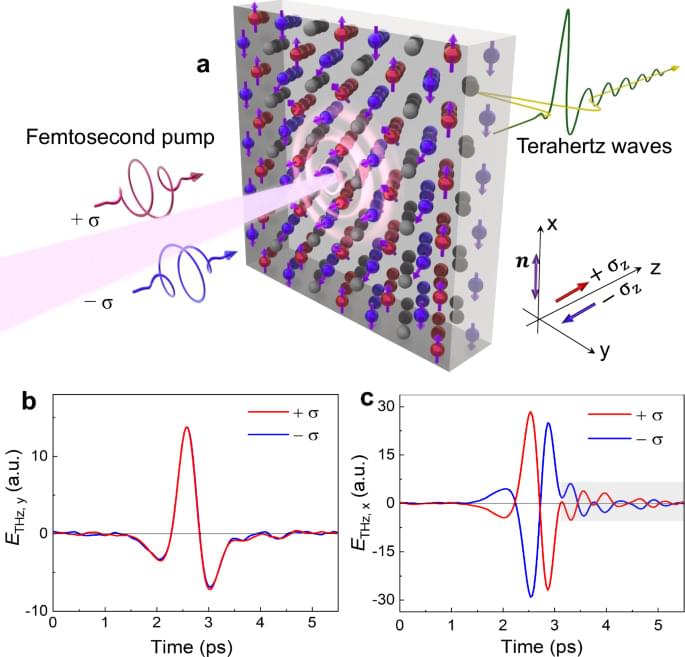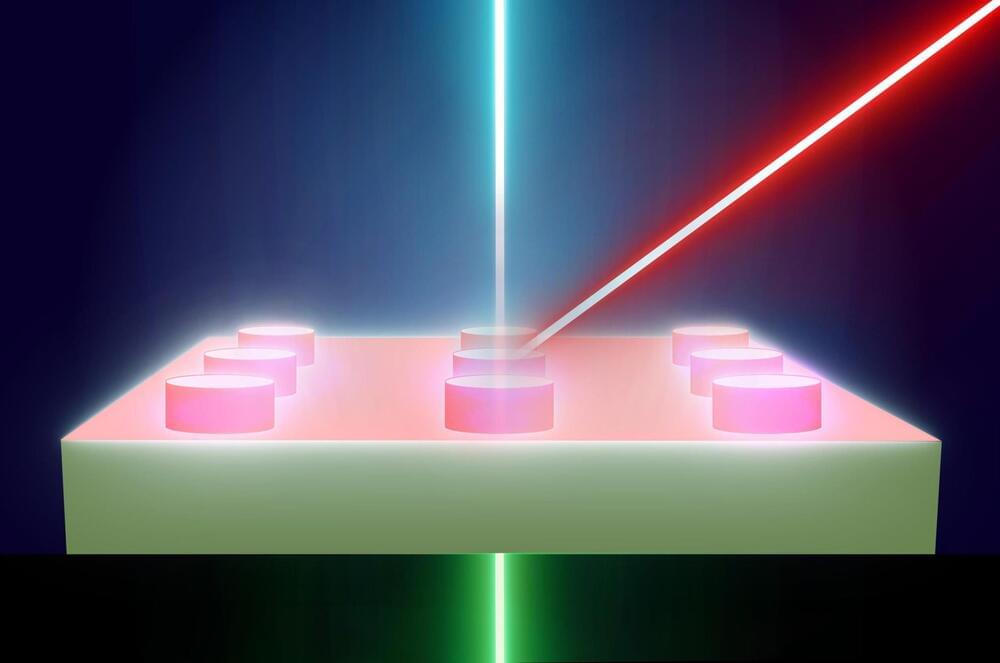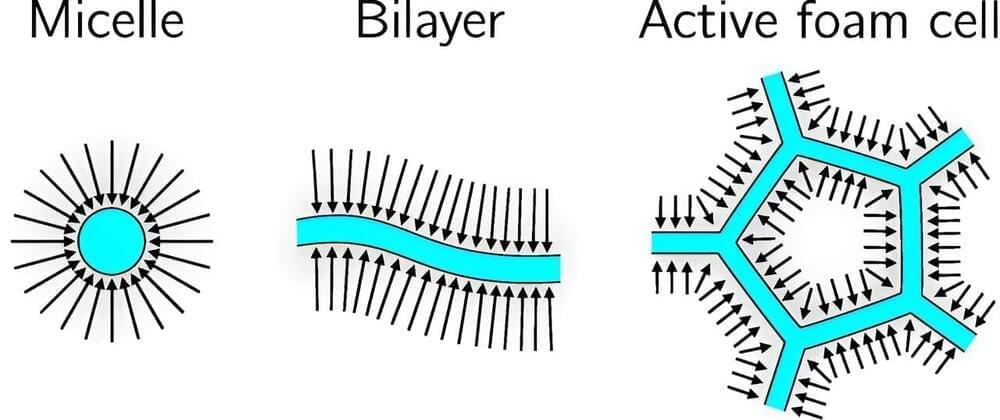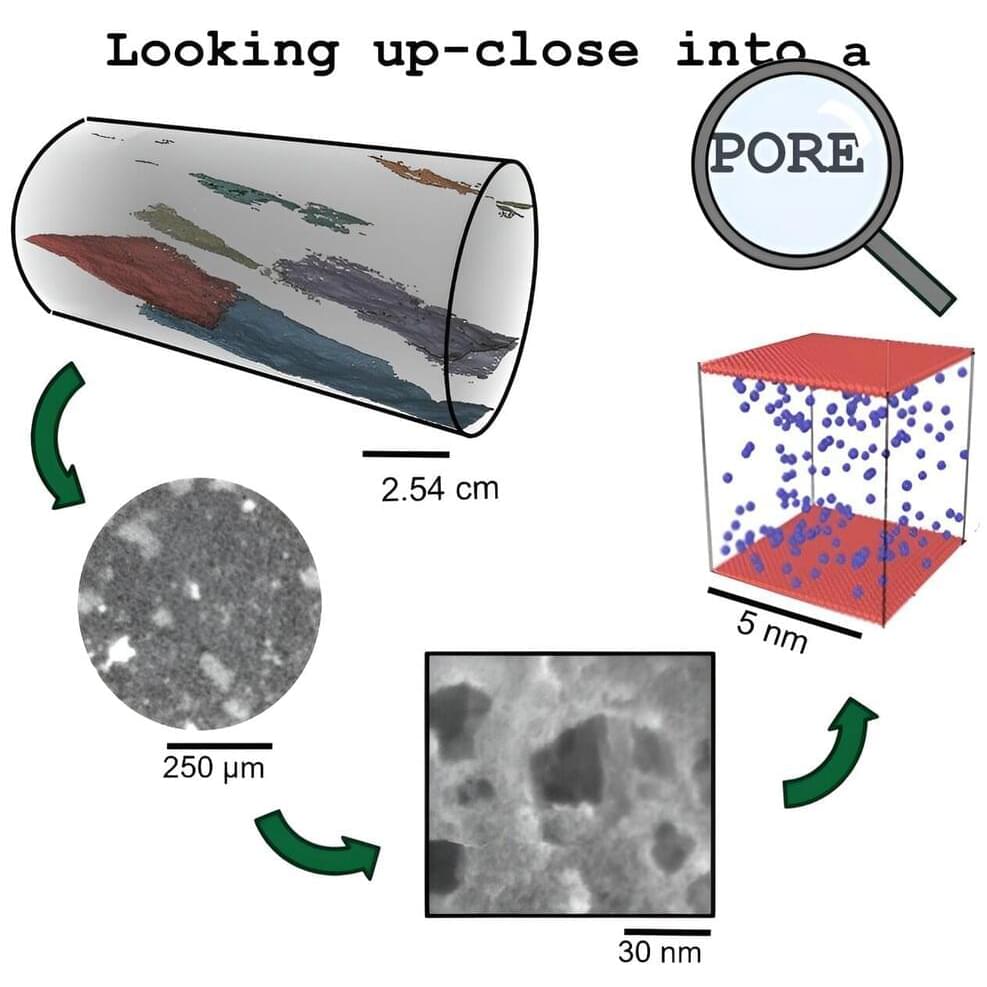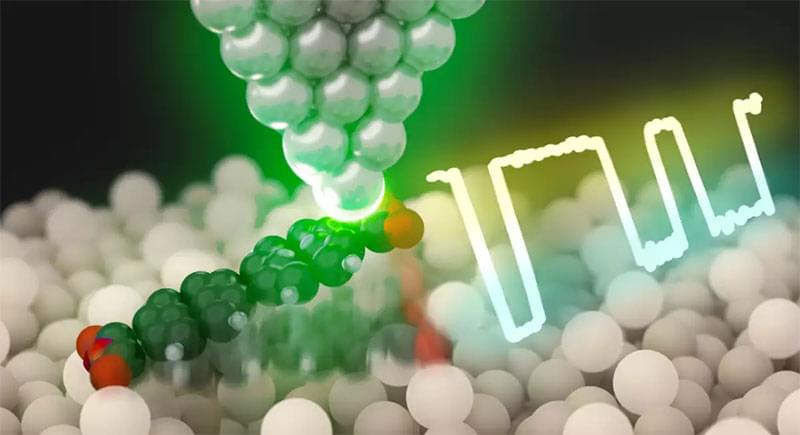Aug 23, 2024
Flexible nanogenerator with enhanced power density could one day rival the power of solar panels
Posted by Shailesh Prasad in categories: nanotechnology, solar power, sustainability, wearables
Your early morning run could soon help harvest enough electricity to power your wearable devices, thanks to a new nanotechnology developed at the University of Surrey.
Surrey’s Advanced Technology Institute (ATI) has developed highly energy-efficient, flexible nanogenerators, which demonstrate a 140-fold increase in power density when compared to conventional nanogenerators. ATI researchers believe that this development could pave the way for nano-devices that are as efficient as today’s solar cells.
The findings are published in the journal Nano Energy.
